Erika from CuocheinVacanza (www.cookingclassesintuscany.net), Tuscan DOC, is a Cooking Classes…
Many customers during our Cooking at Home dinners or Cookery Lessons at holiday home (in Tuscany), often ask me about the best ways making Pizza and pizza dough.
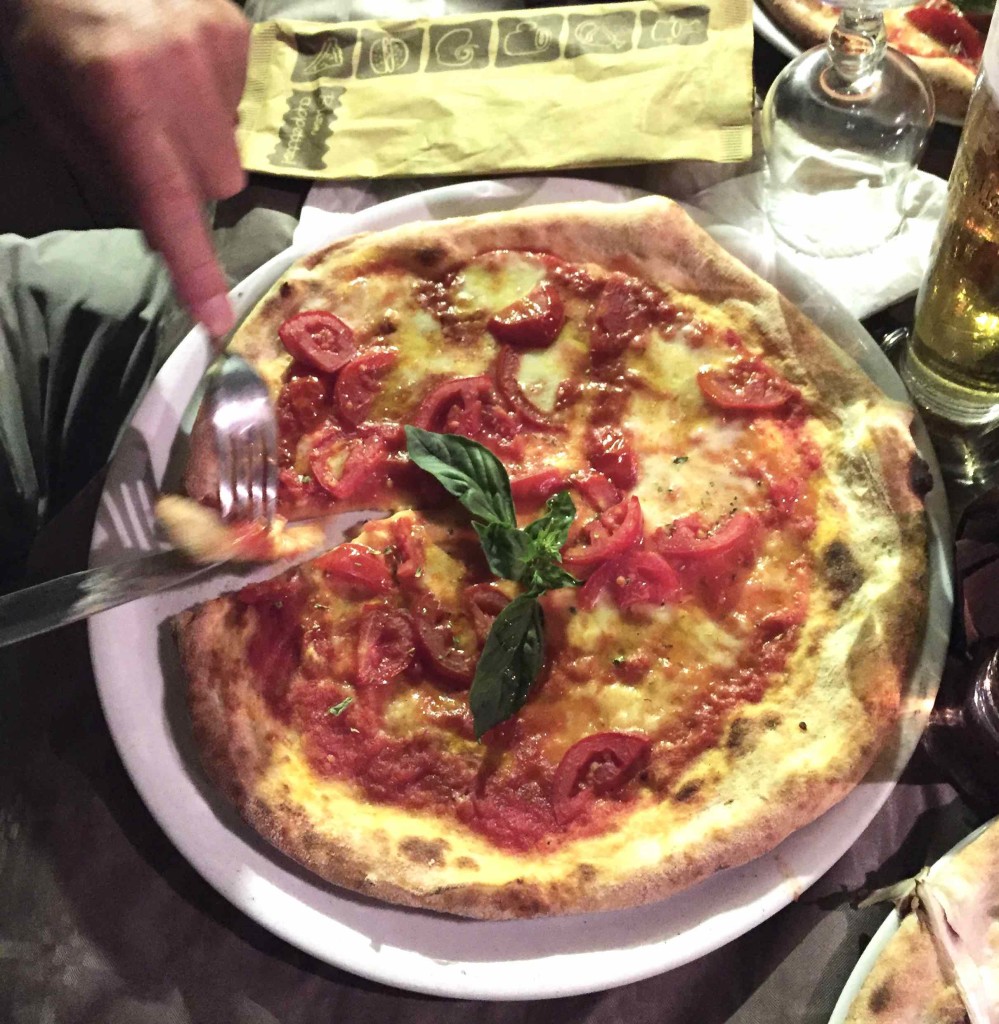
Tell you the true this is a very popular question on my blog as well, that’s why I decided to write this post explaining all the “secrets” and tricks to obtain a perfect dough, crust, in short a perfect Italian Pizza at your Home, the same that we usually make here in Italy.
One of my greatest wishes is to have an Online Cooking School, where I can keep in touch with everyone abroad, without worrying about distance or language; in fact we made a first step: we’re an Itinerant Italian Culinary School, we go throughout Tuscany and we can release a Diploma to our students after each cookery course.
I already wrote many “pizza” tips here, in my Granny’s tips section, but today I’d like going into more depth, leaving you my fav recipe with right ingredients and steps to respect.
PIZZA history
Pizza, has a long history, complicated and uncertain and the first written records date back it in Latin volgare language. Nel 16 sec. in Naples they gave the name of “pizza” to a pressed bread; in fact this name derives from mispronunciation of the word “pitta” (pressed bread indeed).
At that time the “pizza” was a tool: the bakers were using it to check the temperature of oven.
On September of 1889 to honor the Queen of Italy, Margherita, the chef Raffaele Esposito created the pizza “Margherita”: a pizza topped with tomatoes, mozzarella and basil to represent the colors of Italian flag.
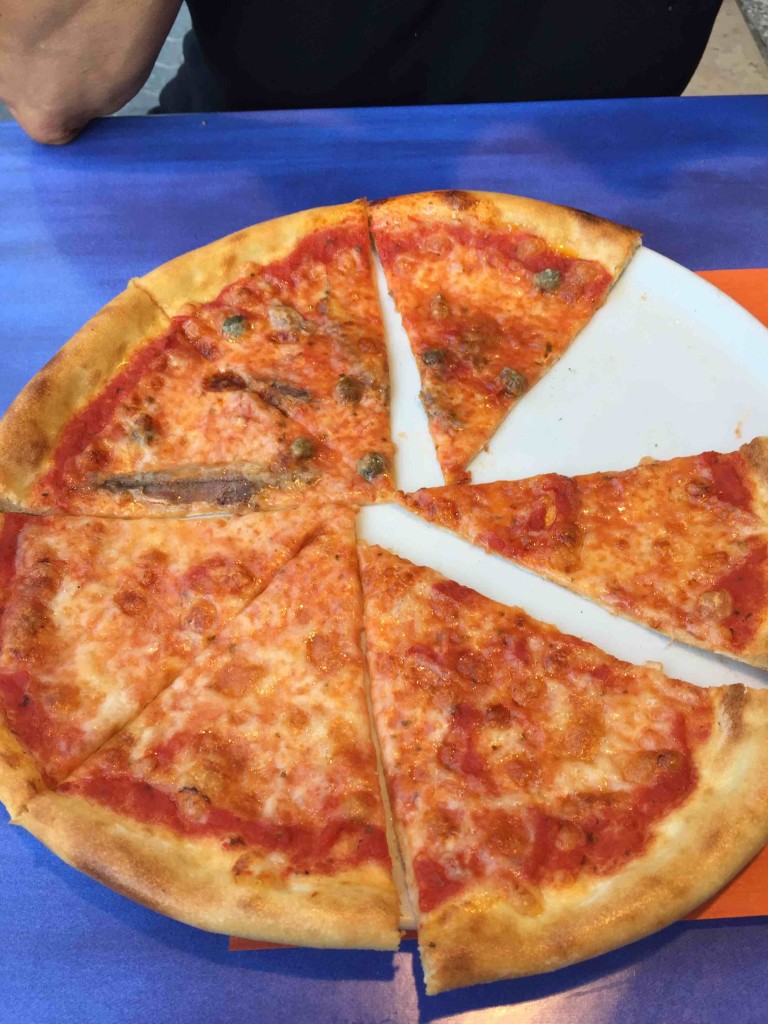
While running a Cooking Class in Tuscany, I often wish that my students and customers understand the difference between the various yeasts making pizza, that’s why I give them some handouts which explain it.
Tell you the true, I try to explain the differences during our Private Dinners in Tuscany as well. In fact I believe that having the possibility to know someone local and chef as well, must be an added value for all the tourists and travelers which come visit Tuscany; if you just prepare and cook, without explaining a dish and the diffrence between the ingredients, customers don’t take this value.
Ok, they’re enojoing their holiday in Tuscany and they just like having someone cooking for them at their holiday home, but in this way you give them the opportunity to eat real tuscan food in a real tuscan atmosphere.
You can find many informations reading down here, together with a basic Pizza recipe.
PIZZA Yeasts
First of all it’s important to know that here in Italy we’ve 4 kinds of yeast to make Pizza:
• NATURAL YEAST The natural yeast, also called acid yeast, sourdough, mother yeast, sourdough increasing, is a mixture of flour and water acidified by a complex of yeasts and lactic acid bacteria which are able to start the fermentation.
Unlike the so-called yeast, natural yeast includes, among the yeasts, different species of lactic bacteria of the genus Lactobacillus. The fermentation of lactic acid bacteria produces organic acids, and also allows greater growth of the product, and a greater digestibility and shelf-life. Method used prior to the selection of the brewer’s yeast, which is now more common in bread making, in the countries the sourdough was jealously guarded by the baker that maintained it in life with the appropriate refreshments and redistributed it to families that weekly had the bread in the house. Currently it’s rediscovered by bakers in search of traditional flavors. The use of natural yeast (mother acid) is essential in the preparation of Italian baked cakes such as
nettone” 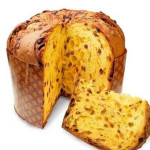 , “Colomba Pasquale”
, “Colomba Pasquale” 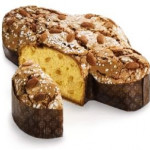 , “Pandoro”
, “Pandoro” 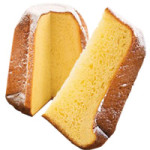 etc. , and for particular types of bread including, for example, the Bread from Altamura
etc. , and for particular types of bread including, for example, the Bread from Altamura 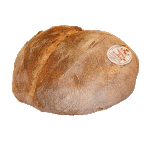 and the Black bread from Castelvetrano
and the Black bread from Castelvetrano  which provides the exclusive use of the Mother yeast.
which provides the exclusive use of the Mother yeast.
• FRESH YEAST (it comes from beer). Fresh yeast is pressed into cubes is ubiquitous in grocery stores in Italy and Europe as well. It feels somewhat like a very compacted marshmallow with a very soft feel to it and it crumbles into chunks once you break the cube. It is merely wrapped in foiled paper identical to the one European butter is wrapped in. It must be refrigerated, with the typical shelf life being about 20 days. It requires proofing prior to using it. It is a greyish-beige color and starts to develop a darker brownish layer on the outside the longer it sits- that’s how you can tell if it is really fresh (besides the stamped date on the package) and if it has been handled properly. Each cube is about 30g and the most general recommendation is to use one cube for 1 kilo of flour. This is the general standard for packaging here in Italy. We mostly use it making Pizza and Focaccia.
Rising time: 2 hours around
• ACTIVE DRY YEAST Preparing dough with dried yeast is very similar to that with fresh yeast; it’s granular, with a consistency similar to cornmeal. It’s a living organism that’s dormant until proofed, or dissolved in a small amount of lukewarm warm water (about 110°F) in which is also added sugar… as fresh yeast. It’s then added to the rest of the ingredients (as fresh yeast), where it will cause dough to rise. Active dry yeast is typically sold in individual packets (pictured here) or small jars. (quote by Kitchn). The positive aspect is that you can think to make pizza every time you like, because you can store your dry yeast; while the fresh one needs the fridge and has a tight deadline.
Rising time: 2 hours around
• INSTANT YEAST Instant yeast is another type of dry yeast that was introduced after active dry yeast in the 1970s. It is made using a similar process as active dry yeast, although is dried more quickly. As you can see, this yeast is also milled into finer particles. Because of this, it dissolves faster and activates quickly. But unlike active dry yeast, instant yeast doesn’t have to be proofed first; it can be mixed straight into the dry ingredients with the same result.?This yeast also gives you two separate rises and it can be used interchangeably with active dry yeast. (quote by Kitchn).
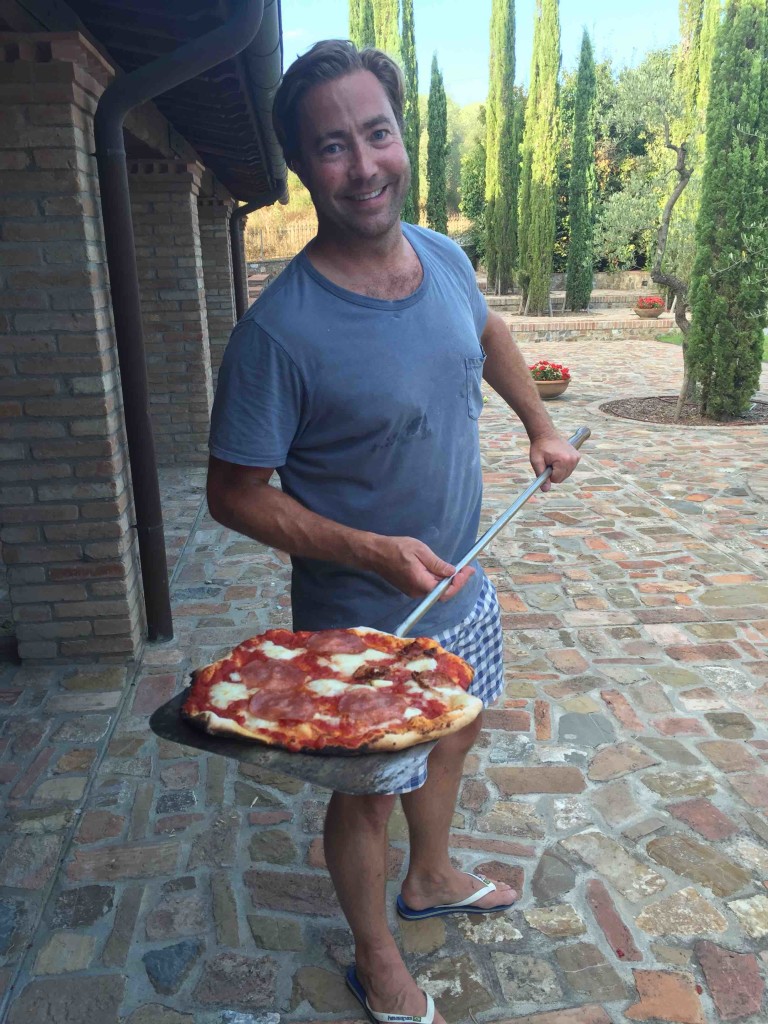
Well, here in Italy we mostly use (even in PIZZERIE) Fresh Yeast; many people use dry yeast, so few people decide to make pizza with instant yeast and, tell you the true, we use the instant one just for salty tarts when we’ve to make a lots.
Some passionate people (like me) use Natural yeast as well, but as you understood, is a bit complicate to “refresh” it every week storing in a fridge and having the time for the rising each time. My Natural yeast is around 35 years old (it comes from a very old original mixture), it comes from a very small village in the north part of Lucca Province and it was given to me from my mother in law, Rossi.
Now that you understood the important role of yeast for making a perfect Pizza, let me inform you about other important ingredients, first of all:
1. Tomato Sauce/Passata. It has to be sweet, not acid. The best for me is labeled MUTTI, anyway you can find many good tomatoe puree passata, just be sure it comes from Italy. Here in Tuscany we use fresh chopped tomatoes on Summer, if you’ve sweet and red tomatoes use them thiny sliced.
2. Mozzarella Cheese. Preferibly the “FIOR DI LATTE” fresh one, anyway you can use that one in loaf as well.
The important thing is the quality of ingredients.

Italian Pizza recipe from Tuscany: all the right steps and tips to have a perfect one!
5 Stars 4 Stars 3 Stars 2 Stars 1 Star
No reviews
- Author: Erika Elia (Cuoche in Vacanza)
- Yield: 4 people
Description
All the tips from Italy to make a gorgeous pizza
Ingredients
- Flour: 500 g (3 1/2 cups,)
- Dry yeast granules: 7 g (1/4 oz)
- Warm water: 300 ml (11 Fl.oz)
- Salt: 2 pinches
- Sugar: 2 tsp
- Extra virgin olive oil: 6 tablespoons
Instructions
- Preparing this dough has the same procedure to that with fresh yeast
- Dissolve the yeast inside a glass with the half of warm water and sugar and wait 3 minutes until there’s a foam on the top
- Pour the flour on a pastry board and make a well in the center of flour
- Add in the center the dissolved yeast with its water, and then the oil and the salt
- Begin to incorporate the flour to the ingredients in the center, adding the rest of warm water hand by hand
- We must get a soft, smooth, and easy to work mixture
- The amount of necessary water may vary from time to time
- Make a ball and leave the dough to rise about 2 hours, covered with a cling film or a plastic bowl
- after this time flour a worksurface and flatten the dough using your hands;
- knock the air out of it using your fingertips
- stretch it out as you go until it’s as thin as possible, leaving a thicker ring of dough around the edges
- slide on to an oiled baking tray, adding some olive oil while adjusting it over the tray
- season with tomato puree (previously salted) and all the ingredients that you prefer.
- pour oil on the top
- Remember: put the mozzarella cheese (sliced or crumbled) just 5 minutes before turning off the oven, otherwise you risk to burn the cheese.
- Bake to the max temperature for about 25 minutes
- Category: Main
- Cuisine: Italian
Erika from CuocheinVacanza (www.cookingclassesintuscany.net), Tuscan DOC, is a Cooking Classes Trainer and Private Dinners Chef who comes directly to your holiday home in Tuscany. Respect for Nature is her paramount, and is fundamental to Tuscan home cooking. Food Blogger and Trip Lover, she pays the utmost attention to the seasonality and authenticity of all the ingredients. If you're looking to take some of Tuscany home, what better way than to learn to cook your favorite dishes or have them cooked for you?


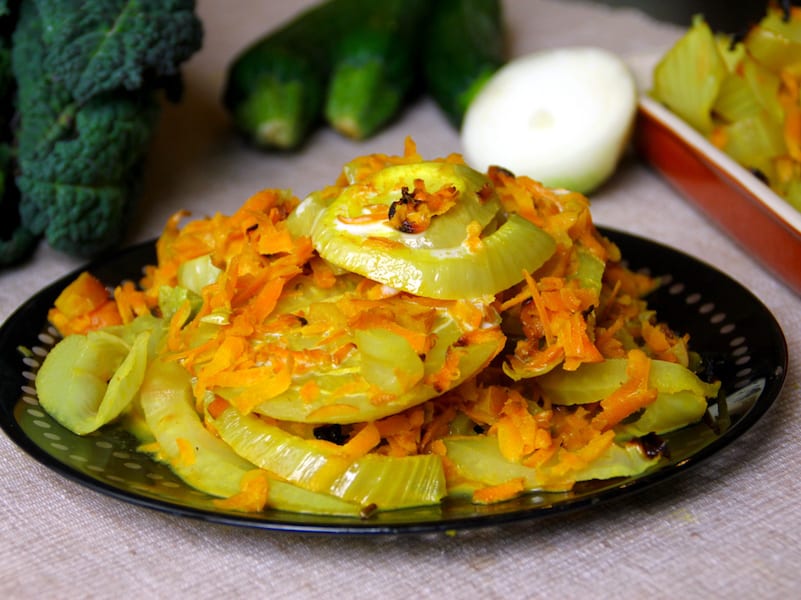
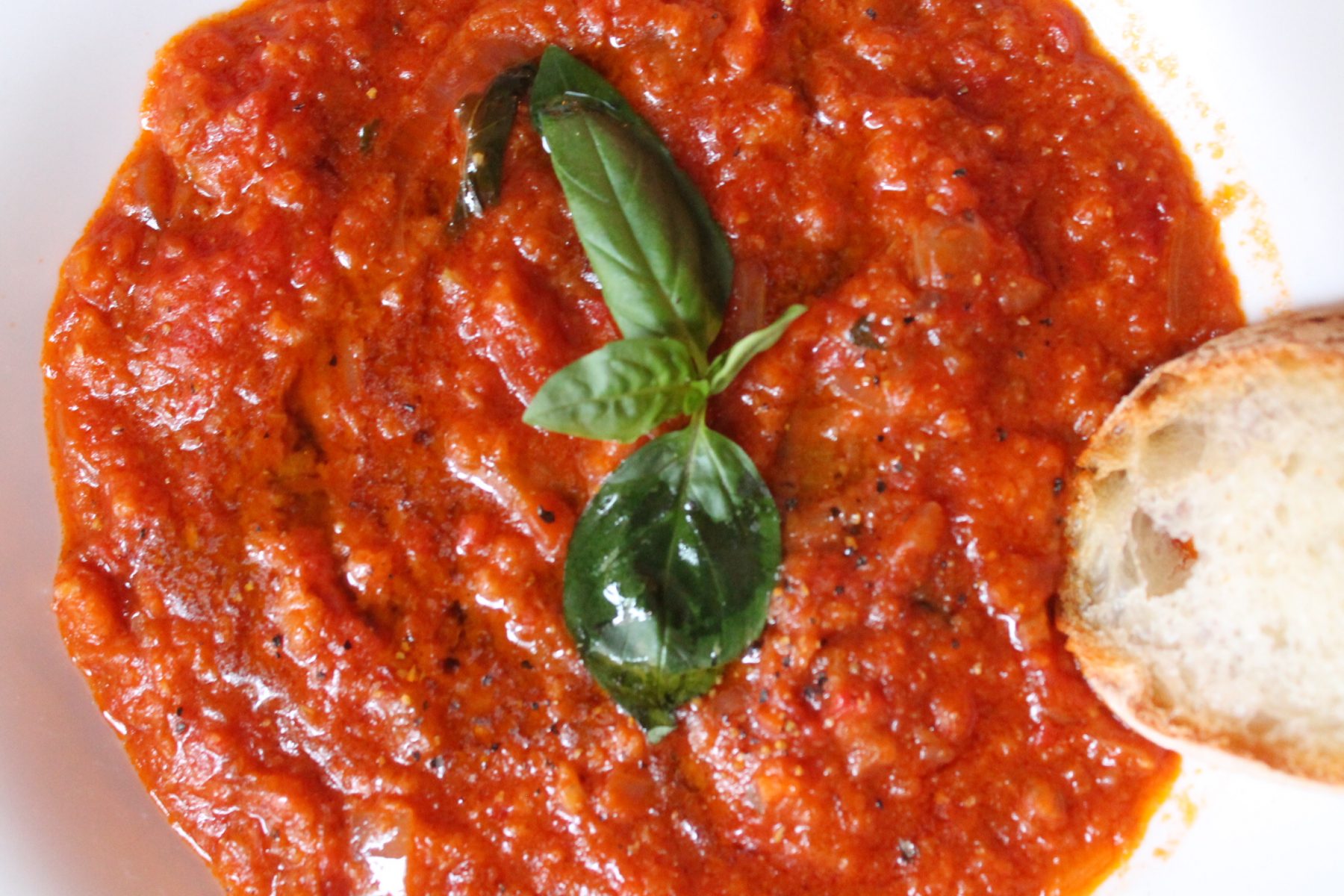

What wood would you recommend to use In a pizza oven ? Cheers Mike
The best are Beech and Oak. In my opinion the best is beech.
Hope I’ve been helpful. Let’s keep in touch!
I love pizza, but I am a terrible cook so I have never tried to make it before. So, I liked your suggestion about getting a pizza sauce that is sweet but not acidic. That does seem like a good thing for me to know if I ever try to make a pizza.
Penelope please try to make pizza: it’s not difficult at all. Just respect the steps that I wrote. Let me know, grazie e buona fortuna! ?